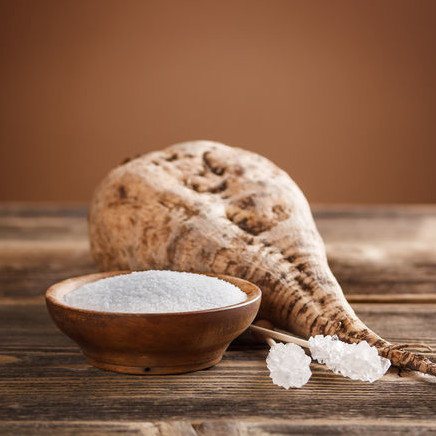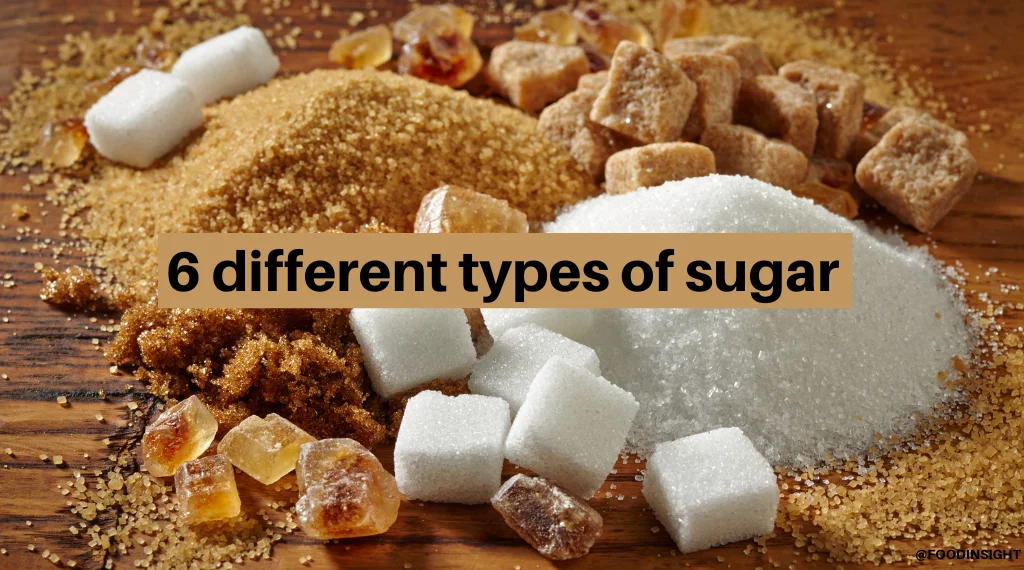The choice between beet sugar vs cane sugar can influence the final taste of certain desserts.
The choice between beet sugar vs cane sugar can influence the final taste of certain desserts.
Blog Article
Exploring the Distinctions being used and Benefits In Between Beet Sugar Vs Cane Sugar
In the culinary globe, the option in between beet sugar and cane sugar is not just regarding sweet taste but includes a nuanced factor to consider of taste, application, and impact. While both sugars originate from different plants, each goes through special production processes that subtly affect their features and viability for numerous meals. As cooks and customers increasingly prioritize both the ecological and taste accounts of their ingredients, comprehending these differences comes to be crucial. This expedition offers insight right into exactly how each sugar kind can best enhance culinary creations.
Beginnings and Manufacturing Procedures of Beet and Cane Sugar

Walking stick sugar, on the other hand, originates from the sugarcane plant, an exotic grass native to Southeast Asia and now cultivated in tropical zones worldwide. The production of cane sugar starts with the harvesting of cane stalks, which are squashed to launch the juice. This juice is then steamed to focus it, after which it is rotated in centrifuges to produce raw sugar crystals. These crystals are additional fine-tuned to produce the white sugar typically available in stores.

Nutritional Content and Wellness Considerations

When comparing the dietary content of beet sugar and cane sugar, it ends up being noticeable that both types essentially offer the exact same calorie values, with around 16 calories per teaspoon and no significant nutrient diversity. Both sugars, when consumed in excess, can add to raised blood sugar levels, a danger variable for diabetes mellitus and various other metabolic conditions. From a health and wellness perspective, regulating intake of any type of sugar, whether from beet or cane, is suggested to avoid these potential unfavorable impacts on well-being.
Flavor Profiles and Culinary Applications
Despite their comparable chemical frameworks, beet sugar and cane sugar vary discreetly in flavor, which can affect their use in numerous cooking contexts. Cane sugar usually lugs a hint of molasses, also in its polished form, offering a cozy, caramel-like touch that enhances baked goods, coffee, and chocolate-based dishes. This small molasses taste is particularly valued in the baking sector for adding deepness to sugary foods and breads. On the other hand, beet sugar is defined by its extremely refined, neutral taste, making it a versatile sugar that does not modify the taste profiles of dishes. This neutrality is particularly valuable in fragile recipes, such as light breads, lotions, and some sauces, where the integral flavors of various other active ingredients are meant to stick out. Cooks and food suppliers might select one kind of sugar over the other based on the preferred taste outcome of their cooking developments.
Environmental Effect and Sustainability
While both beet and cane sugars are originated from plants, their environmental impacts vary dramatically due to the distinctive approaches of farming and handling required for each. Sugar beet growing usually involves extensive automation, which can enhance nonrenewable fuel source consumption and carbon discharges. Beetroots can be grown in cooler climates and need much less watering, possibly reducing water usage compared to sugarcane. Sugarcane, on the other hand, is generally grown in exotic regions where it counts greatly on watering and a much longer growing duration, raising its water footprint.
Additionally, the handling of sugarcane typically generates a substantial quantity of waste, including bagasse, which, although usable as biofuel, regularly adds to air contamination this page if shed inefficiently. Sugar beet processing uses more of the raw products, leading to less waste. Both industries encounter obstacles in decreasing their environmental impacts, but recurring innovations in agricultural practices and waste monitoring are aiming to improve sustainability.
Economic Factors Affecting the Sugar Industry
The financial characteristics of the sugar market are significantly influenced by global market demands and profession policies. Elements such as tariffs, subsidies, and global profession agreements play critical duties fit the competitive landscape. In areas where sugarcane or sugar beet manufacturing is subsidized, manufacturers may have a financial benefit that allows them to offer reduced costs on the international market. This can produce variations in productivity and market gain access to for producers in countries without such subsidies.
Additionally, changes in international need for sugar, influenced by nutritional trends and industrial usage in foodstuff, directly influence prices and production levels. beet sugar vs cane sugar. Weather also play an essential function, as they can significantly impact plant yields and, consequently, the you can find out more supply chain. This irregularity introduces a level of economic unpredictability that can bring about investment volatility in sugar manufacturing markets, influencing choices from growing to market strategy
Conclusion
In verdict, both beet and cane sugar have special high qualities that fit different culinary requirements. While cane sugar imparts a rich Read Full Article flavor ideal for enhancing baked goods, beet sugar's neutrality is perfect for lighter recipes.
Report this page